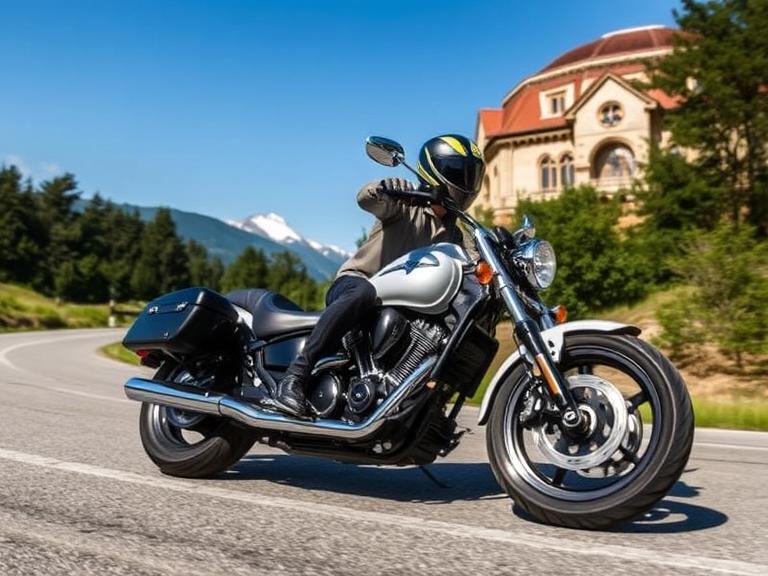Riding a motorcycle is more than just a mode of transportation—it’s a lifestyle. But along with the thrill and freedom comes a level of risk that’s significantly higher than driving a car. That’s why motorcycle insurance is not just a legal requirement in most states—it’s essential for protecting yourself, your bike, and your finances.
In this blog, we’ll break down what motorcycle insurance covers, how it works, what affects your premium, and how to choose the right policy.
What Is Motorcycle Insurance?
Motorcycle insurance is a type of policy that provides financial protection in the event of accidents, theft, damage, or injuries involving your motorcycle. Just like auto insurance, it helps cover the costs of repairs, medical bills, liability claims, and more.
Whether you ride a sportbike, cruiser, touring bike, scooter, or dirt bike (that’s street legal), you need insurance coverage to ride legally—and safely.
Is Motorcycle Insurance Required?
Yes, in most U.S. states, motorcycle insurance is required by law. The minimum liability coverage typically includes:
- Bodily injury liability (per person and per accident)
- Property damage liability
However, minimum coverage often isn’t enough to fully protect you in a serious accident—so many riders opt for additional coverage types.
What Does Motorcycle Insurance Cover?
Here are the most common types of coverage:
1. Liability Coverage (Required)
Pays for injuries or damages you cause to others in an accident. It does not cover your own injuries or bike damage.
2. Collision Coverage
Covers the cost to repair or replace your bike if it’s damaged in a crash—regardless of who is at fault.
3. Comprehensive Coverage
Protects your bike against non-collision incidents like:
- Theft
- Vandalism
- Fire
- Natural disasters
- Animal collisions
4. Uninsured/Underinsured Motorist Coverage
If you’re hit by someone without insurance (or not enough), this coverage helps pay for medical expenses and repairs.
5. Medical Payments / Personal Injury Protection (PIP)
Helps pay medical bills for you and your passengers, even if you’re at fault.
6. Accessories and Custom Parts Coverage
Covers aftermarket parts and custom upgrades like saddlebags, chrome parts, or performance modifications—often up to a specific limit.
What Affects the Cost of Motorcycle Insurance?
Your premium can vary based on several factors, including:
- Type of bike (e.g., sportbikes usually cost more to insure)
- Your age and driving history
- Location (urban areas = higher risk)
- Coverage limits and deductibles
- Riding frequency and mileage
- Storage and anti-theft devices
Tips to Save on Motorcycle Insurance
Want to lower your insurance costs? Try these strategies:
- Bundle policies (home + auto + motorcycle)
- Take a motorcycle safety course (often earns a discount)
- Maintain a clean driving record
- Increase your deductible (if you can afford it)
- Install anti-theft devices
- Join a rider association (some offer group discounts)
Choosing the Right Motorcycle Insurance Policy
When picking a policy, think beyond just legal requirements. Ask yourself:
- Can I afford to replace my bike if it’s totaled?
- Do I ride in high-traffic areas or long distances?
- Do I have custom parts or gear I want to insure?
It’s also smart to compare quotes from multiple providers to find the best coverage at the best rate.
Final Thoughts
Whether you’re a weekend rider or daily commuter, motorcycle insurance gives you financial protection and peace of mind every time you get on the road. The right policy doesn’t just keep you legal—it safeguards everything you’ve invested in your ride.
So before you twist the throttle, make sure your coverage is as solid as your machine.

